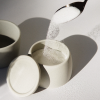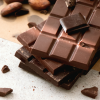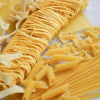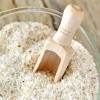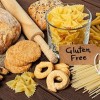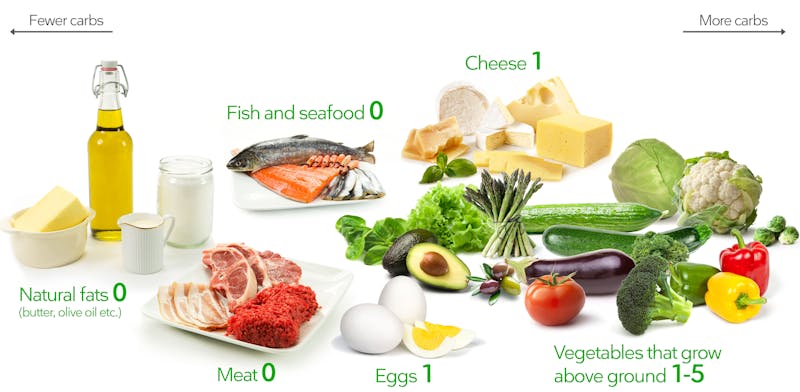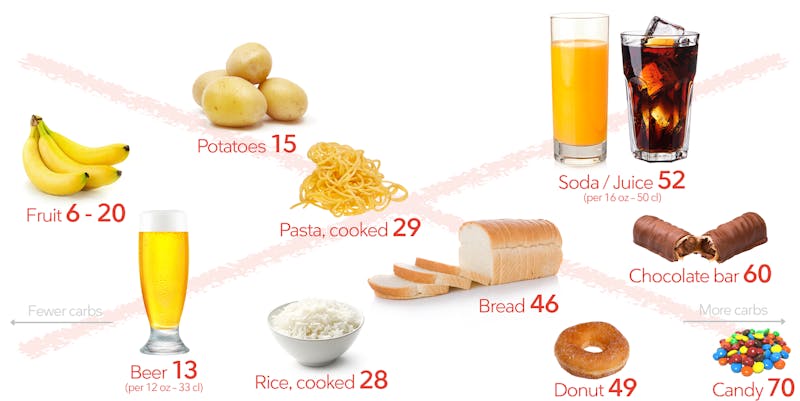
A low carb diet is one that limits carbohydrates, primarily found in sugary foods, pasta, and bread. Instead of eating carbs, you focus on protein-rich whole foods and vegetables.
Studies show that low carb diets can result in weight loss and improved health markers.
- These diets have been in common use for decades and are recommended by many doctors.
- Best yet, there’s usually no need to count calories or use special products. All you need to do is eat whole foods that make for a complete, nutritious, and filling diet.
- Learn more about low carb and how to use it for your personal goals below.
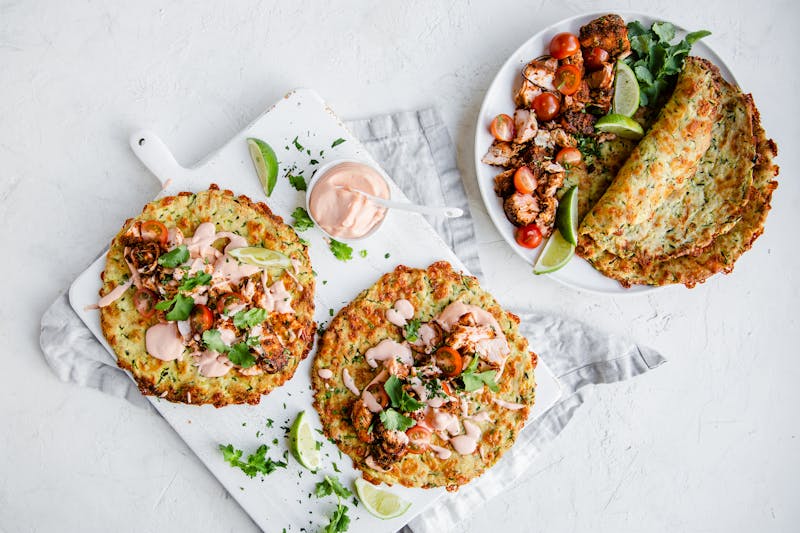
1. What is low carb?
- A low carb diet means that you eat fewer carbohydrates and a higher proportion of protein and fat. This can also be called a keto diet.However, not all low carb diets result in ketosis.
- For decades we’ve been told that fat is detrimental to our health. Meanwhile, low-fat “diet” products, often full of sugar, flooded supermarket shelves. This coincided with the beginning of the obesity epidemic and, in hindsight, was likely a major mistake. While the proliferation of low-fat products doesn’t prove causation, it’s clear the low-fat message didn’t prevent the increase in obesity, and we believe that it has contributed.
- Studies now suggest that there’s little reason to fear natural fats.
- Instead, on a low carb diet you don’t have to fear fat. Simply minimize your intake of sugar and starches, make sure you are getting adequate protein — or even high amounts of protein — and you can eat enough natural fat to enjoy your meals.
- When you avoid sugar and starches, your blood sugar tends to stabilize, and the levels of the fat-storing hormone insulin drop, which may make it easier to burn fat stores in the body.
- In addition, the higher protein intake and presence of ketones (if eating very low carb) may make you feel more satiated, thereby naturally reducing food intake and promoting weight loss.
The basics- Eat: Meat, fish, eggs, vegetables growing above ground and natural fats (like butter).
- Avoid: Sugar and starchy foods (like bread, pasta, rice, beans and potatoes).
Eat when you’re hungry and stop when you’re satisfied. It can be that simple. You do not need to count calories or weigh your food.
Who should NOT do a strict low carb diet?
If you’re not in any of these groups and don’t have other severe chronic medical conditions — such as advanced liver or kidney failure — you’re good to go! You can read more in our post about contraindications to keto diets.
Disclaimer: While a low carb diet has many proven benefits, it’s still controversial. The main potential danger regards medications, especially for diabetes, where doses may need to be adapted (see above). Discuss any changes in medication and relevant lifestyle changes with your doctor. Full disclaimer
This guide is written for adults with health issues, including obesity, who could benefit from a low carb diet.
Controversial topics related to a low carb diet — and our take on them — include saturated fats, cholesterol, whole grains, red meat and restricting calories for weight loss.
2. What to eat on a low carb diet
In this section you can learn exactly what to eat on low carb, whether you prefer visual guides, detailed food lists, delicious recipes or a simple get started guide.
Let’s start with a quick visual guide to low carb. Here are the basic low carb food groups from which you can choose until satisfied:
The numbers above are grams of digestible carbs per 100 grams (3.5 ounces) of food. Fiber is not counted; you can eat all the fiber you want.
All foods above contain less than 5% carbs by weight. Sticking to these foods will make it relatively easy to stay on a moderate low carb diet (less than 50 grams of net carbs per day) or even a strict low carb diet, with less than 20 grams of net carbs per day.
Visual low carb guides
Here are more detailed visual guides to the amount of carbs in common foods. Is a specific food item low or high in carbs?
What to drink

What drinks are good on a low carb diet? Water is perfect, and so is coffee or tea. Preferably don’t use sweeteners. A modest amount of milk or cream is okay in coffee or tea (but beware of caffe latte!).
The occasional glass of wine is fine, too.
For more, check out our complete guides to low carb drinks and low carb alcohol.
Try to avoid
Here’s what you should not eat on low carb – foods full of sugar and starch. These foods are much higher in carbs.
The numbers represent grams of digestible carbs per 100 grams (3.5 ounces) of the food, unless otherwise noted.
How low carb is a low carb diet?
The lower your carbohydrate intake, the more powerful the effects may be on weight and blood sugar.
For this reason, we recommend initially following the dietary advice fairly strictly. When you’re happy with your weight and health, you may carefully try eating more carbs if desired (although we find many people don’t want to).Here are three examples of what a low carb meal can look like, depending on how many carbs you plan to eat per day:
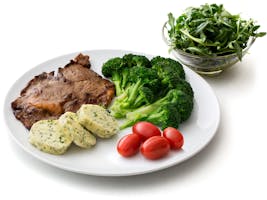
Ketogenic 0-20
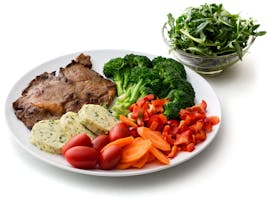
Moderate 20-50
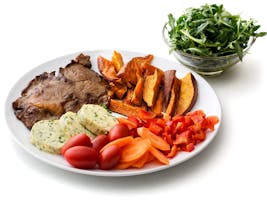
Liberal 50-100
Get started
Keen to get started? Then sign up for our free 2-week low carb challenge, where you’ll be guided step-by-step through your low carb journey.
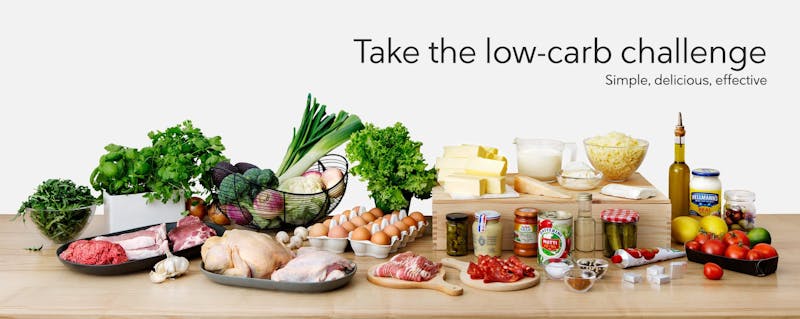




Leaflet
Here’s a leaflet with basic low carb advice that you may want to print and have around, or give to friends who are curious:



